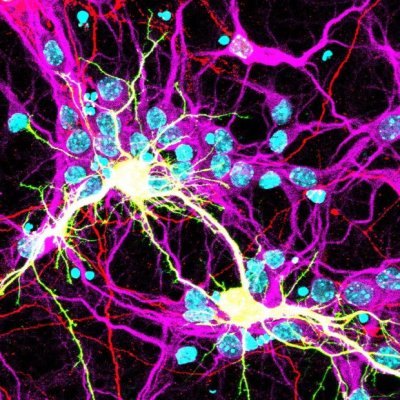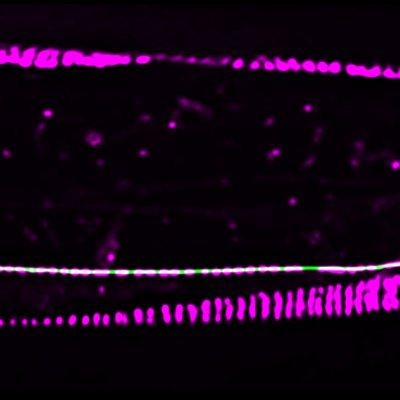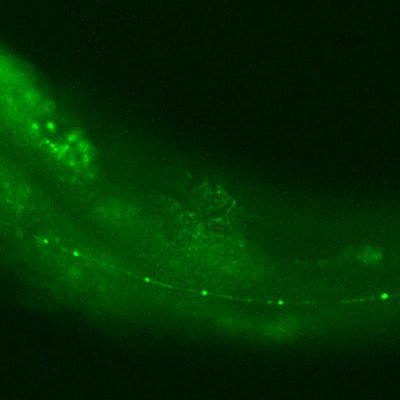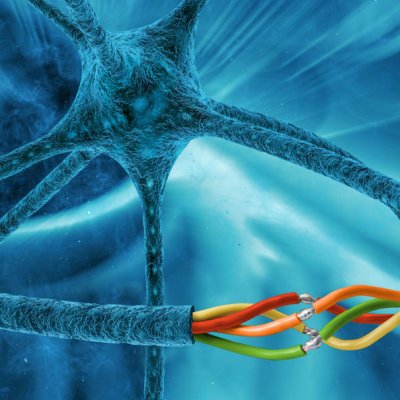Researchers at QBI have discovered viruses such as SARS-CoV-2 can cause brain cells to fuse, initiating malfunctions that lead to chronic neurological symptoms.
8 June 2023Researchers at The University of Queensland have identified a molecule essential for regulating the repair of injured nerves, which could help people recover from nerve damage.
17 March 2022A way in which some connections between brain cells can resist degeneration – a hallmark of traumatic brain injuries and neurodegenerative diseases — has been discovered by researchers at The University of Queensland.
16 January 2020A discovery in a transparent roundworm has brought scientists one step closer to understanding nerve degeneration.
12 February 2016A small transparent roundworm with the remarkable ability to self-heal may hold the secret to treating nerve injuries in humans.
8 January 2015University of Queensland (UQ) researchers have made a significant discovery that could one day halt a number of neurodegenerative diseases.
27 December 2013



